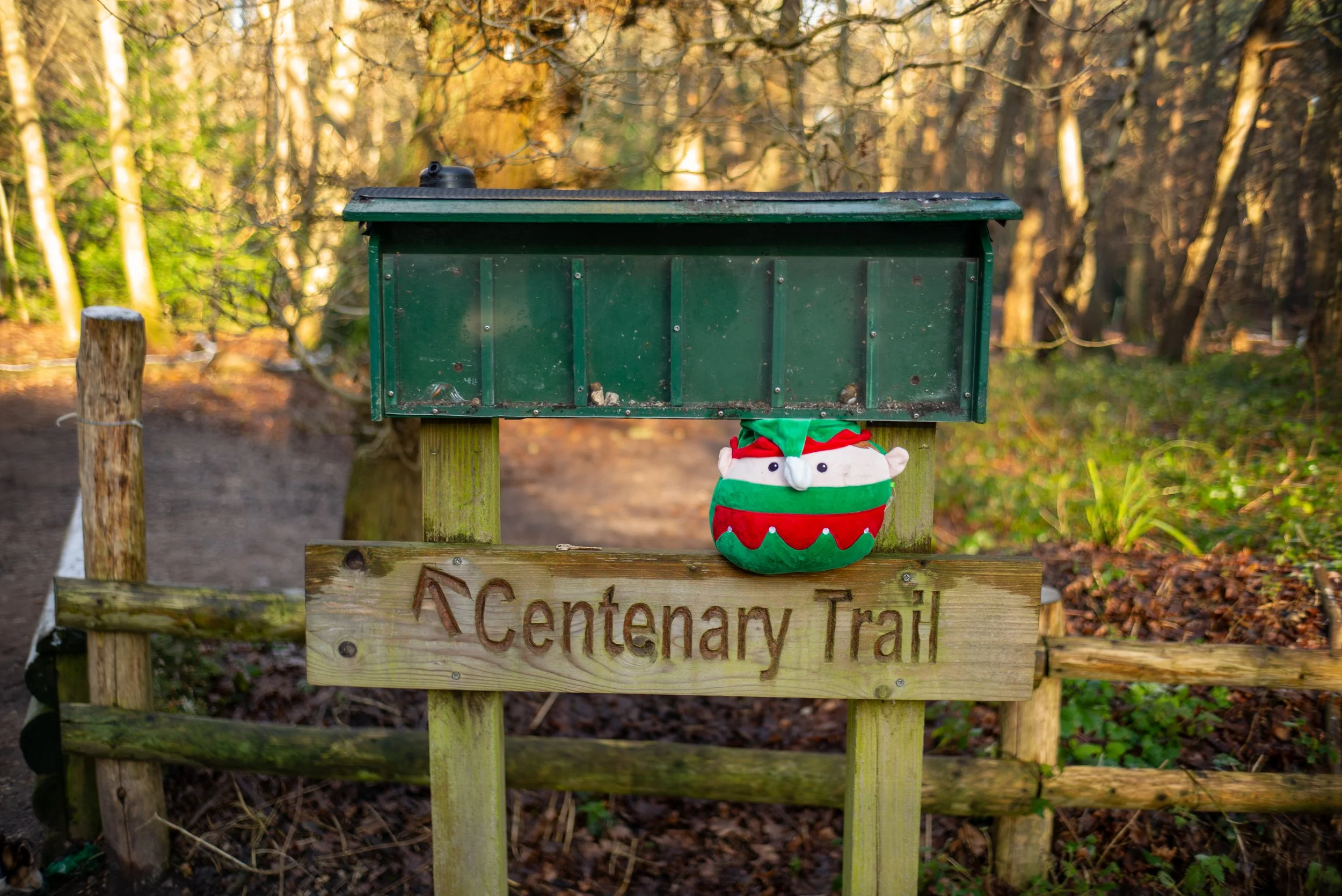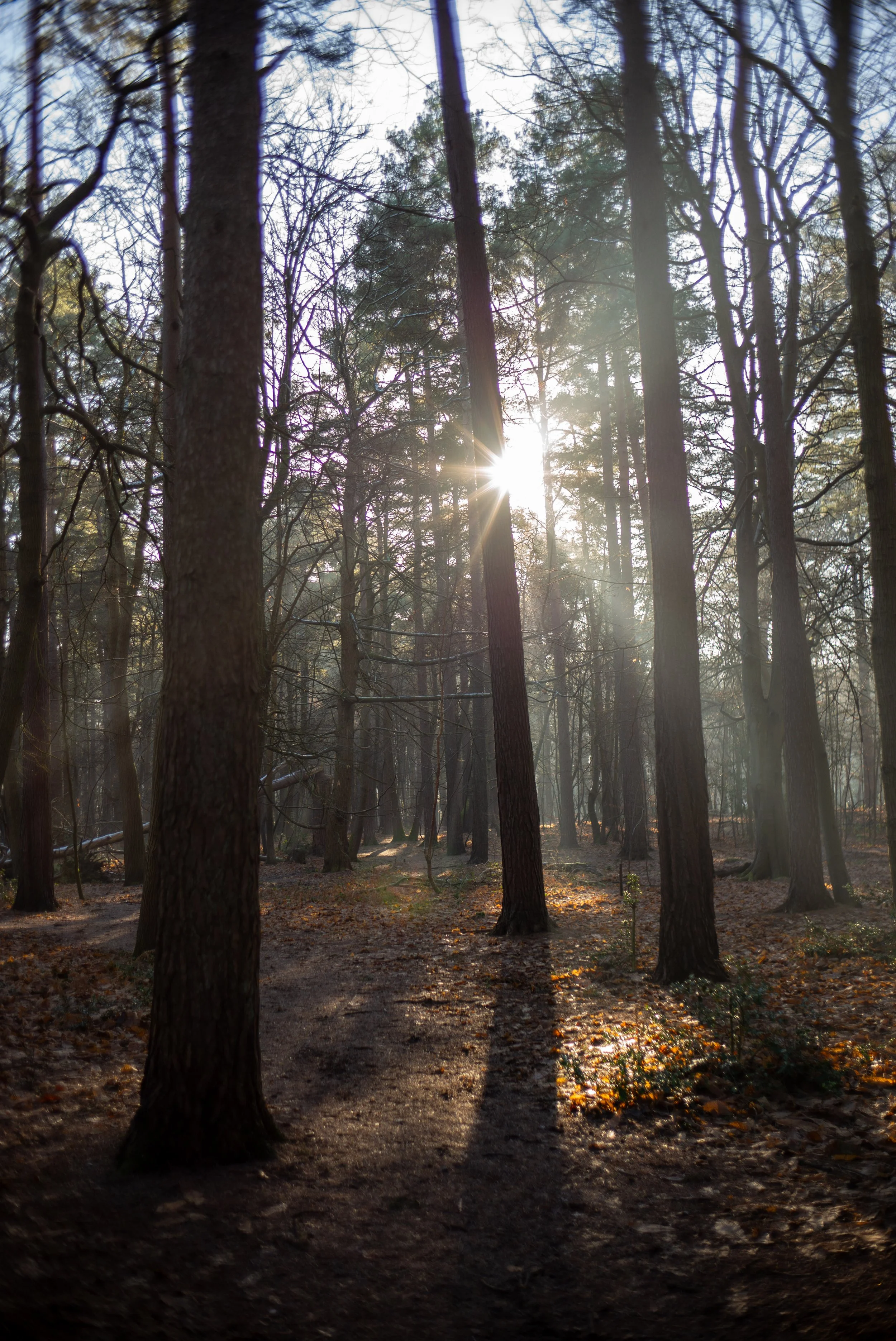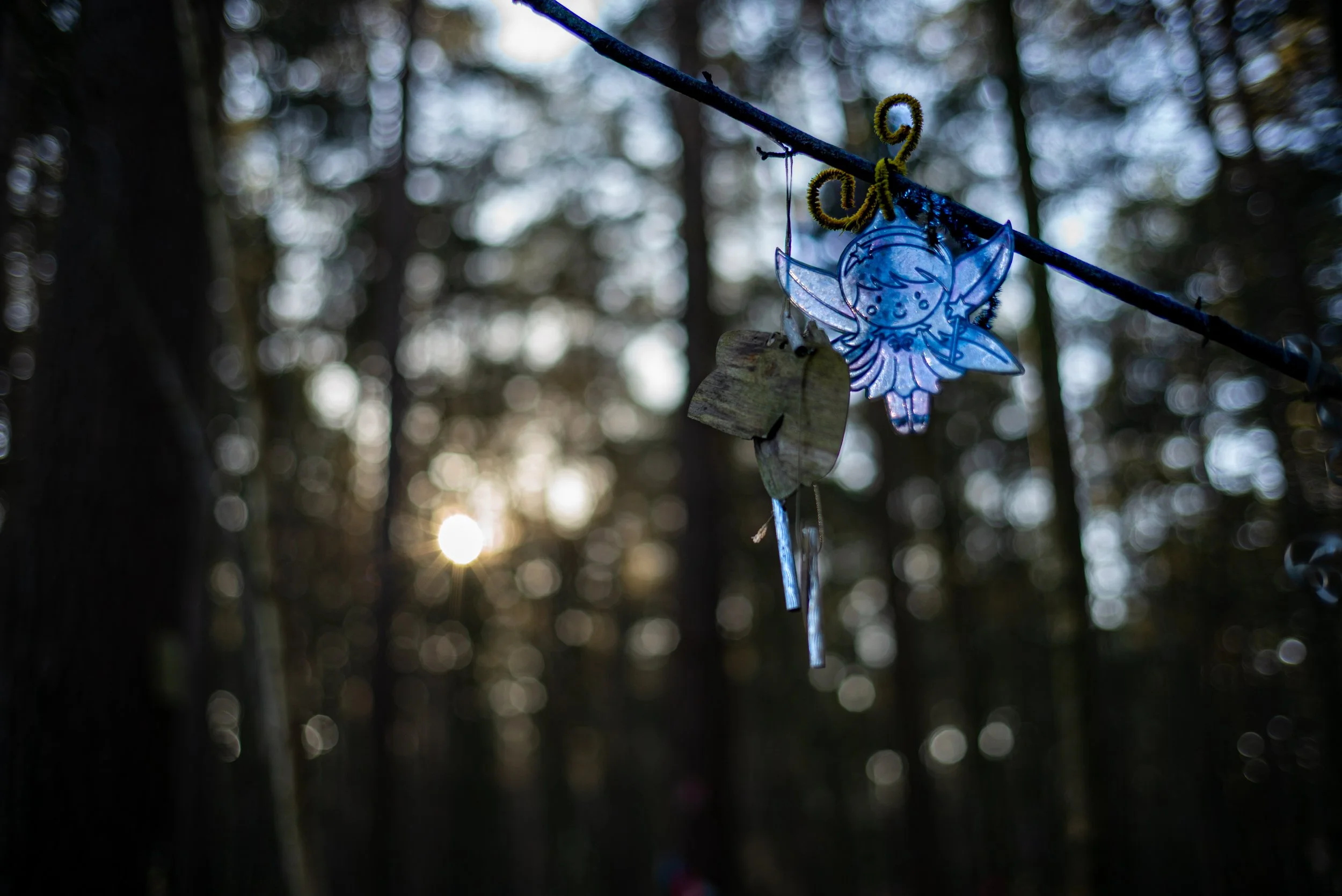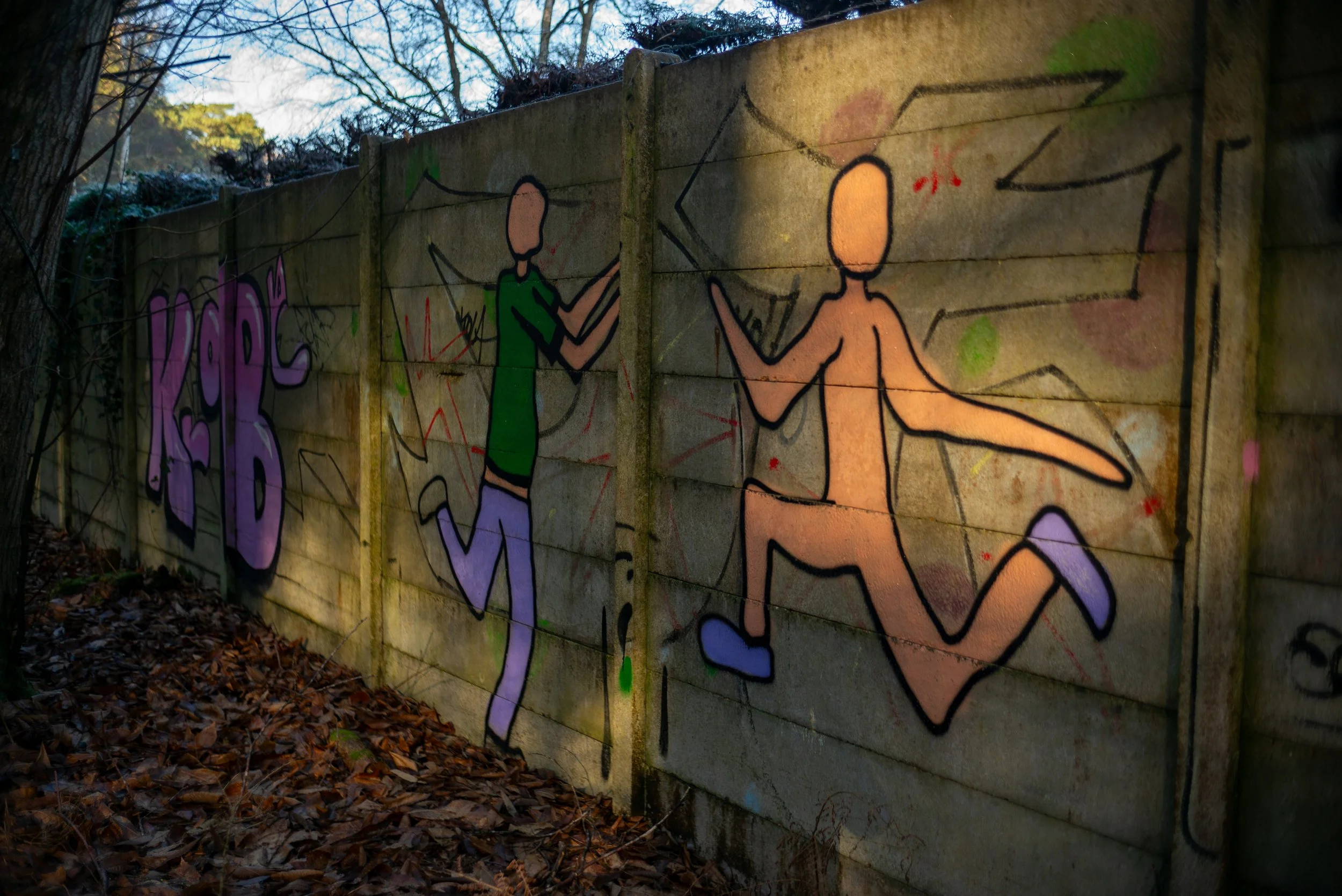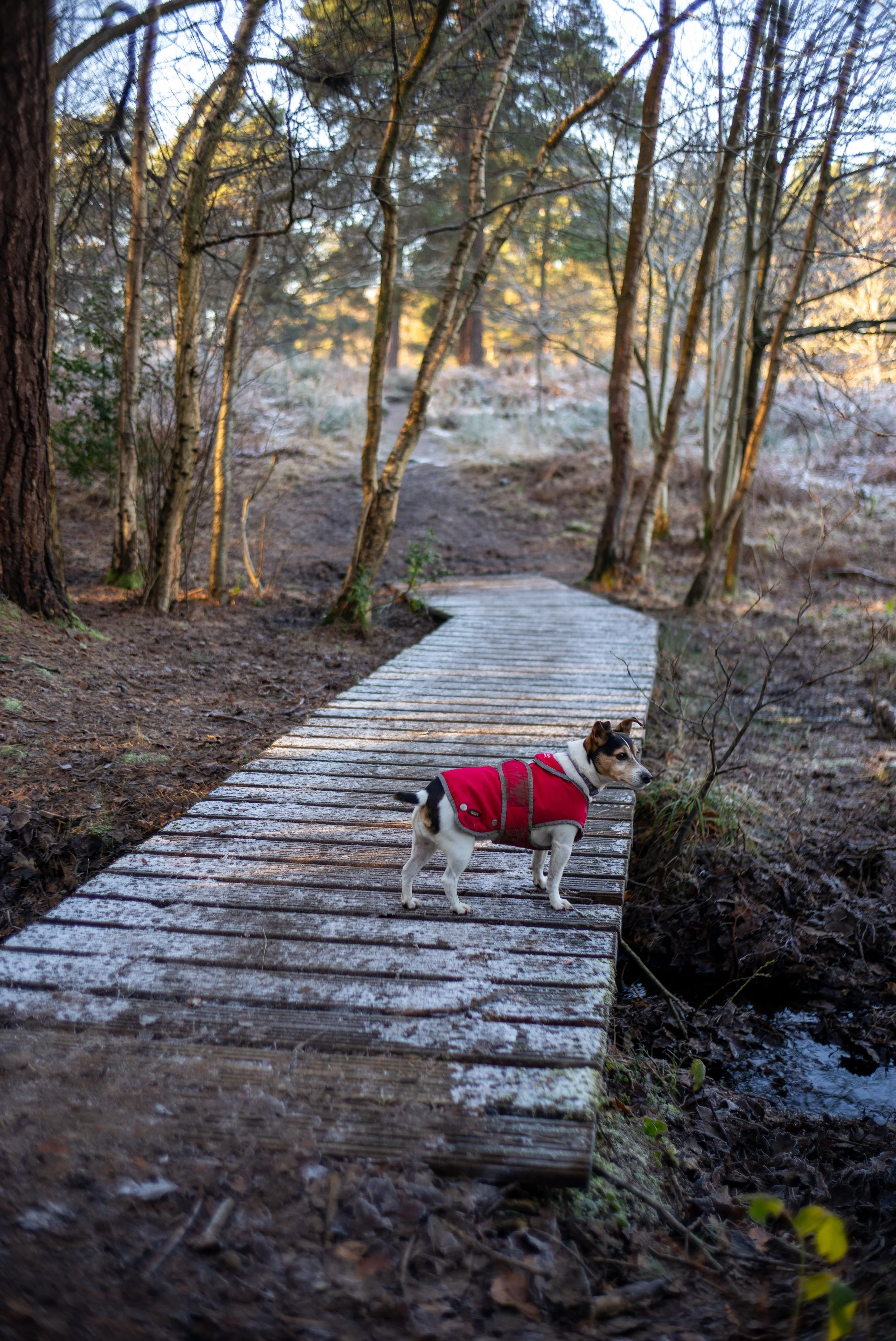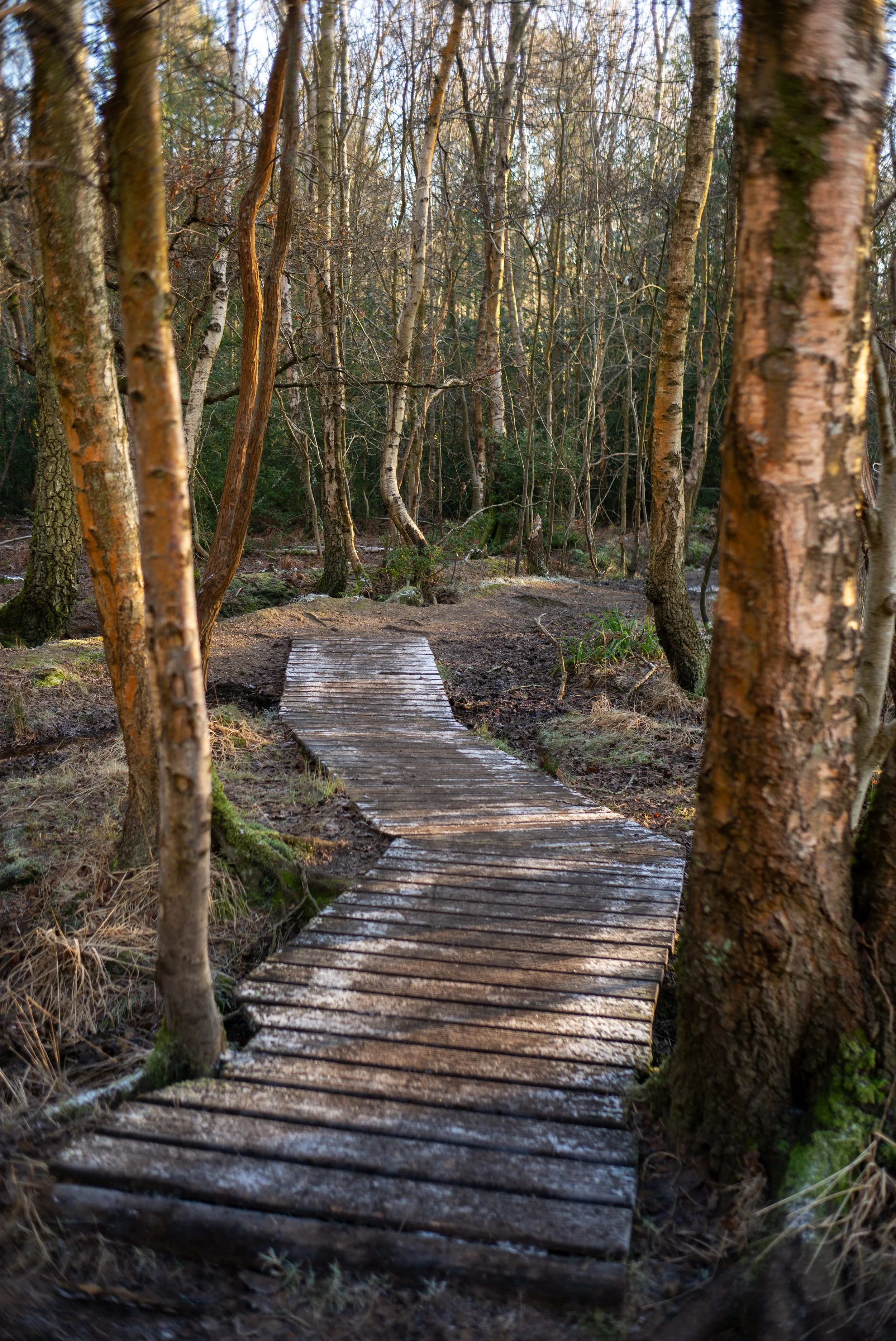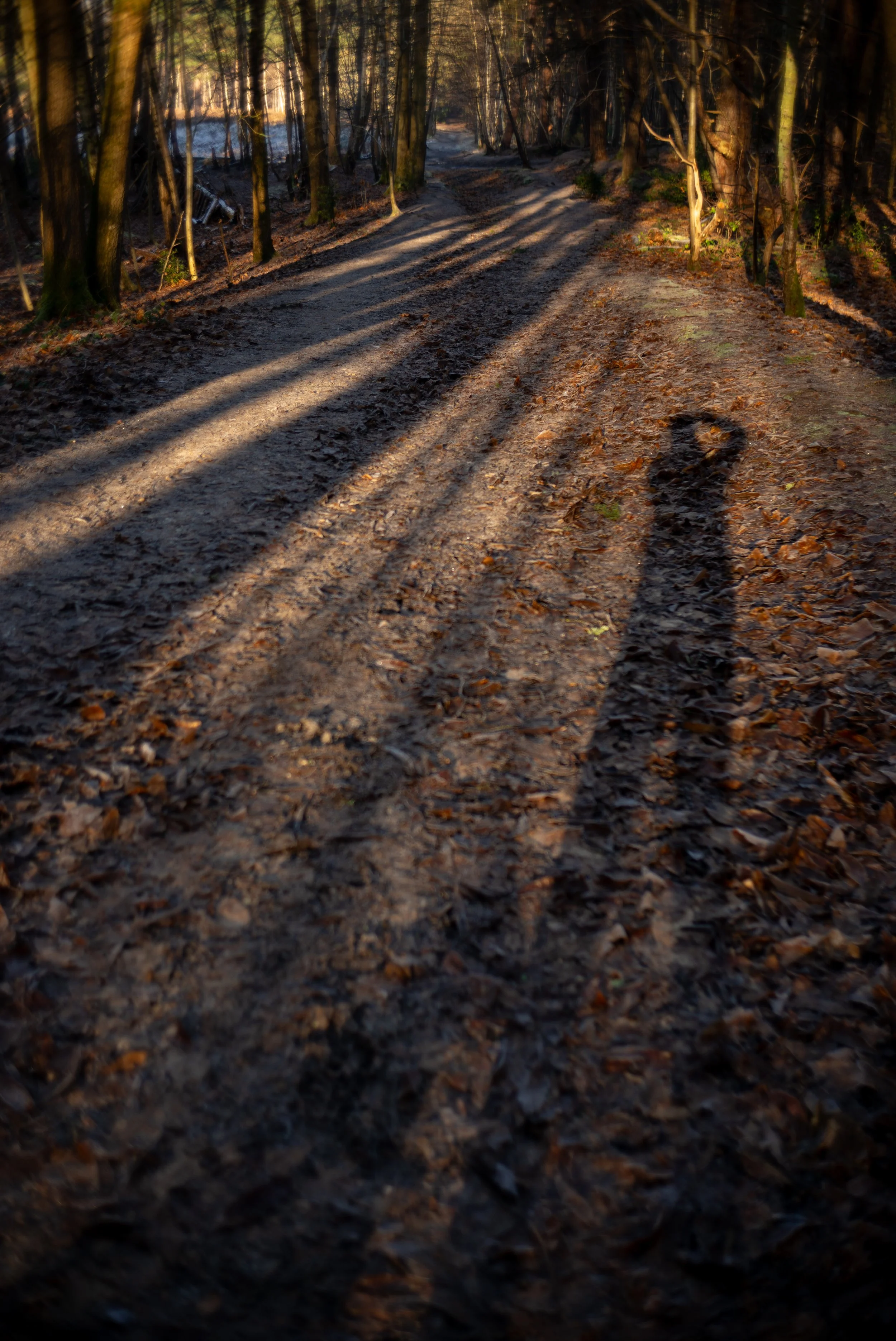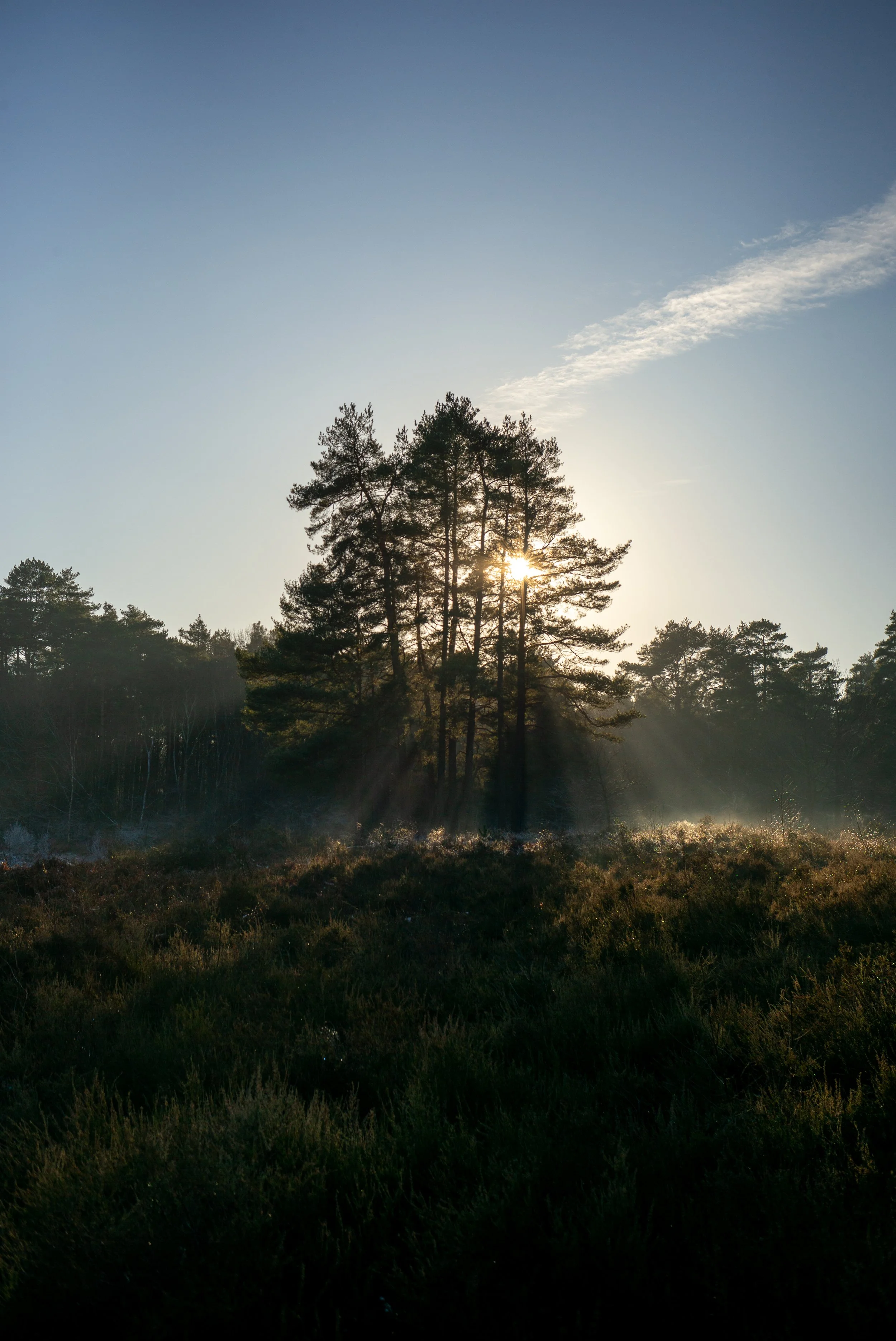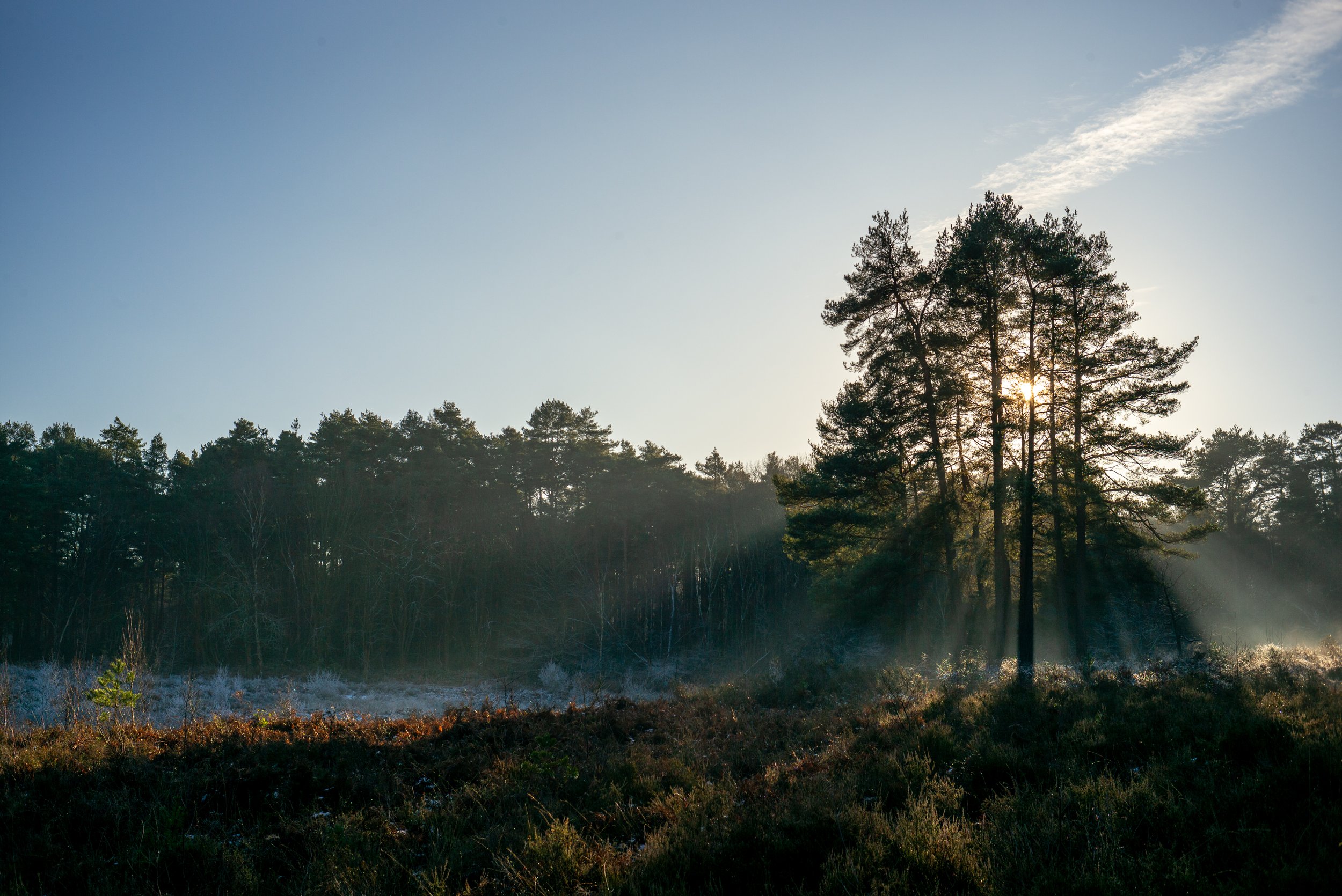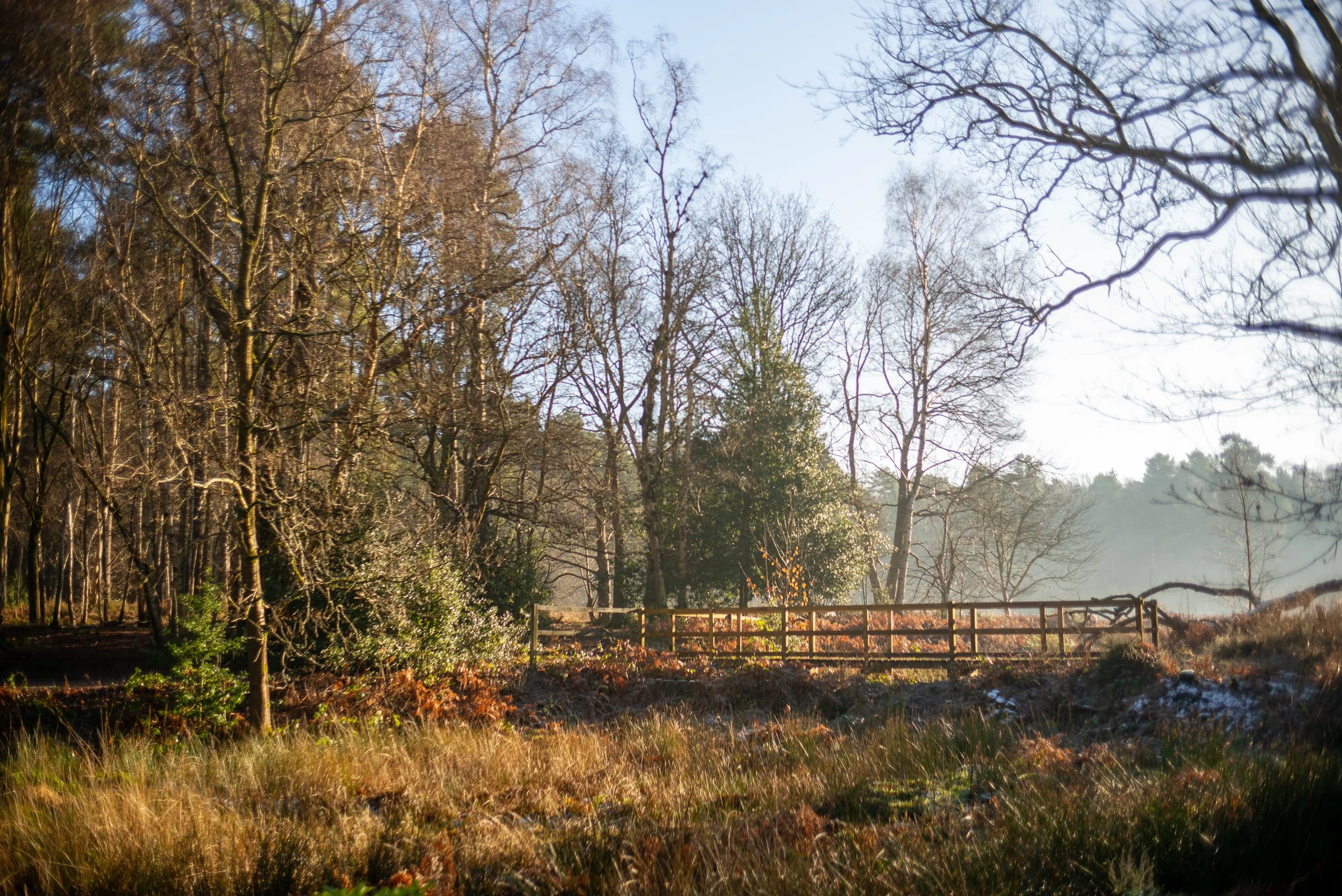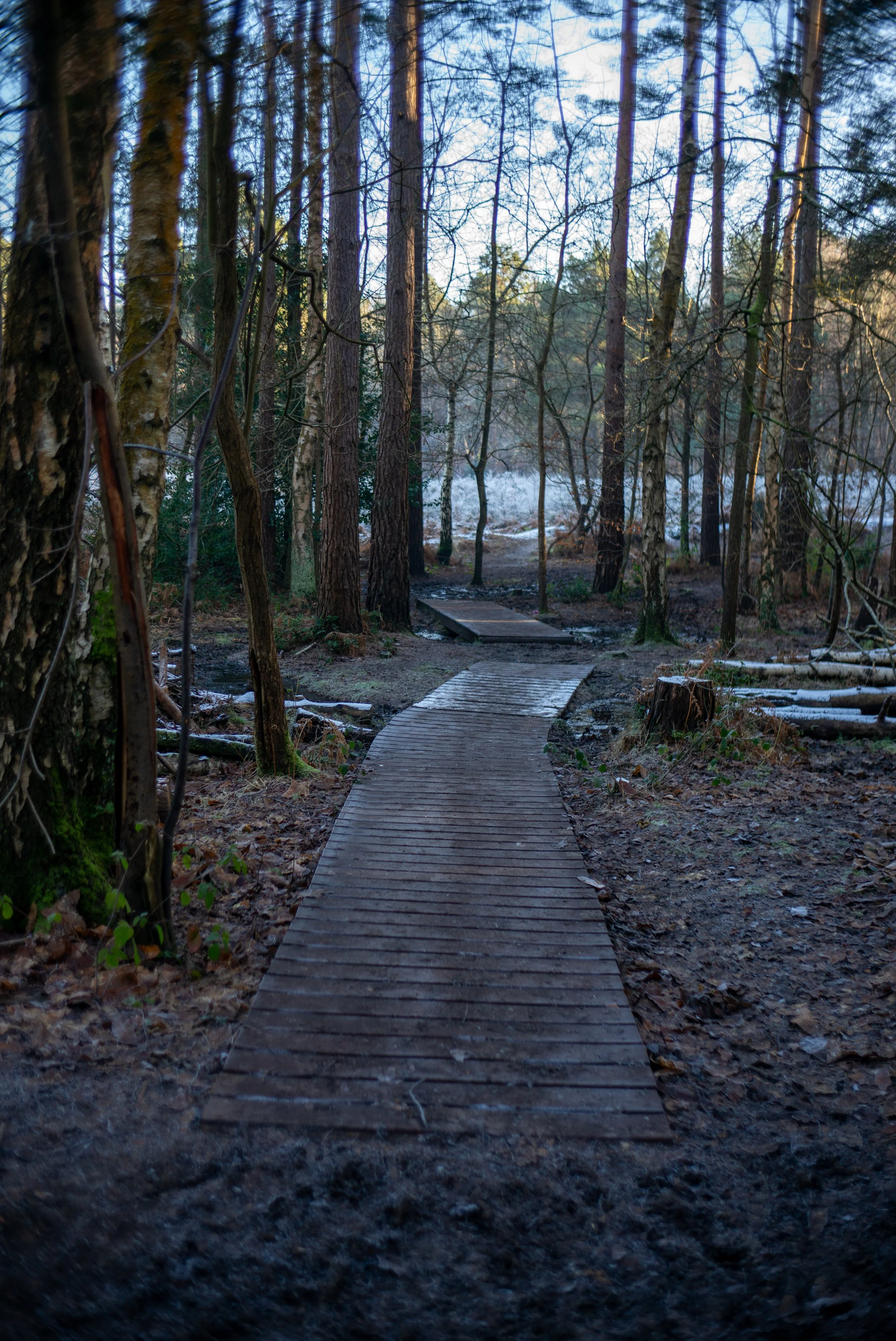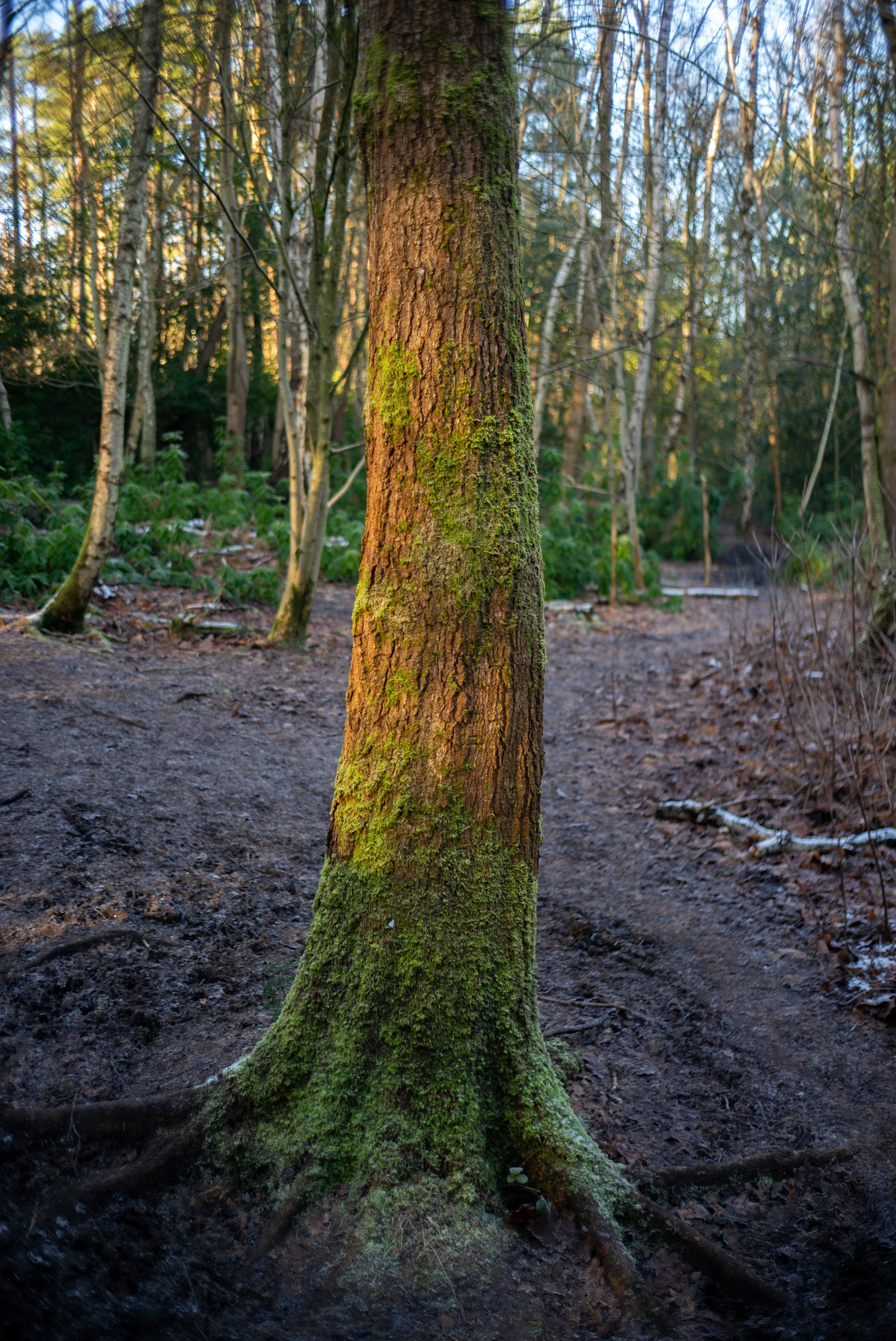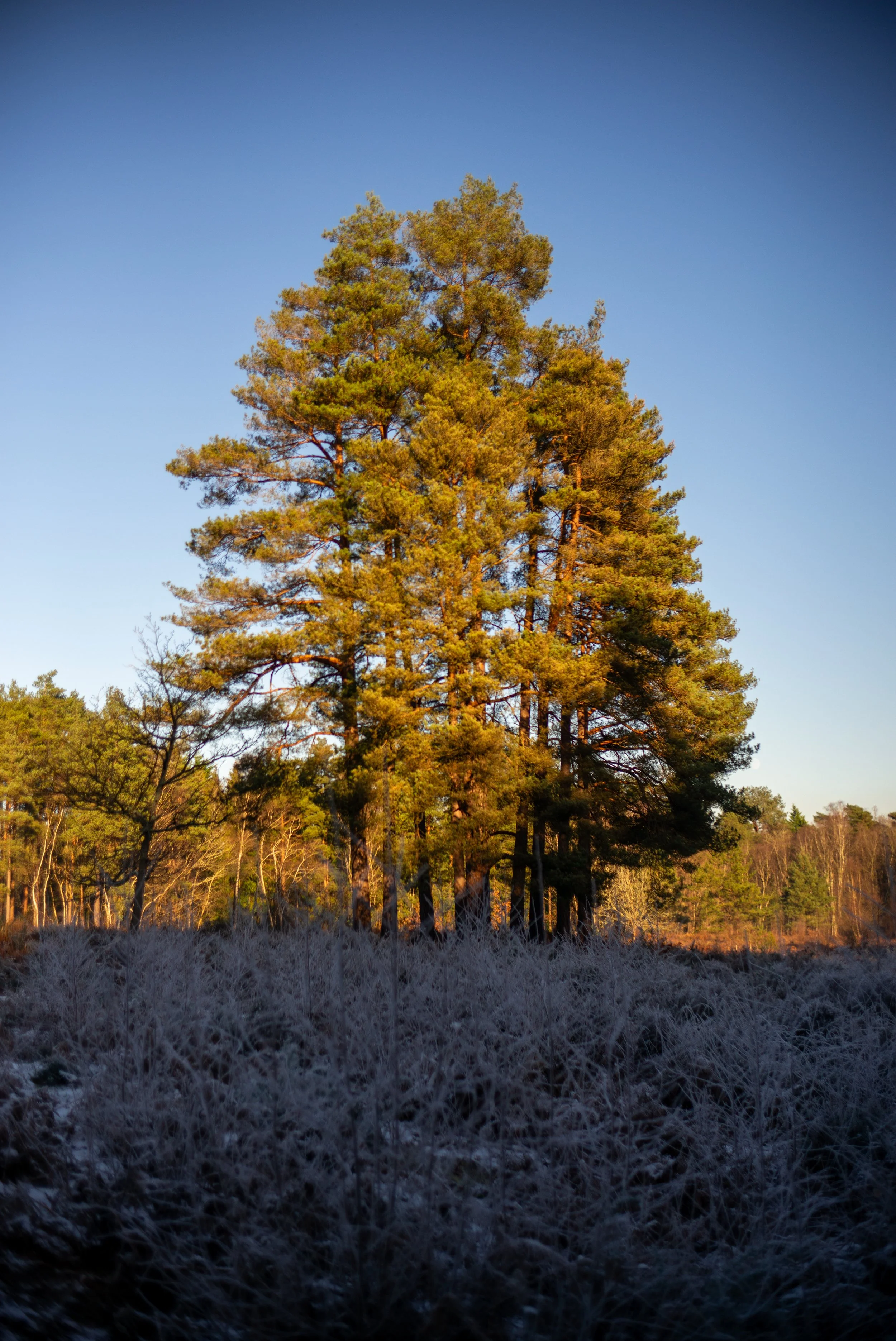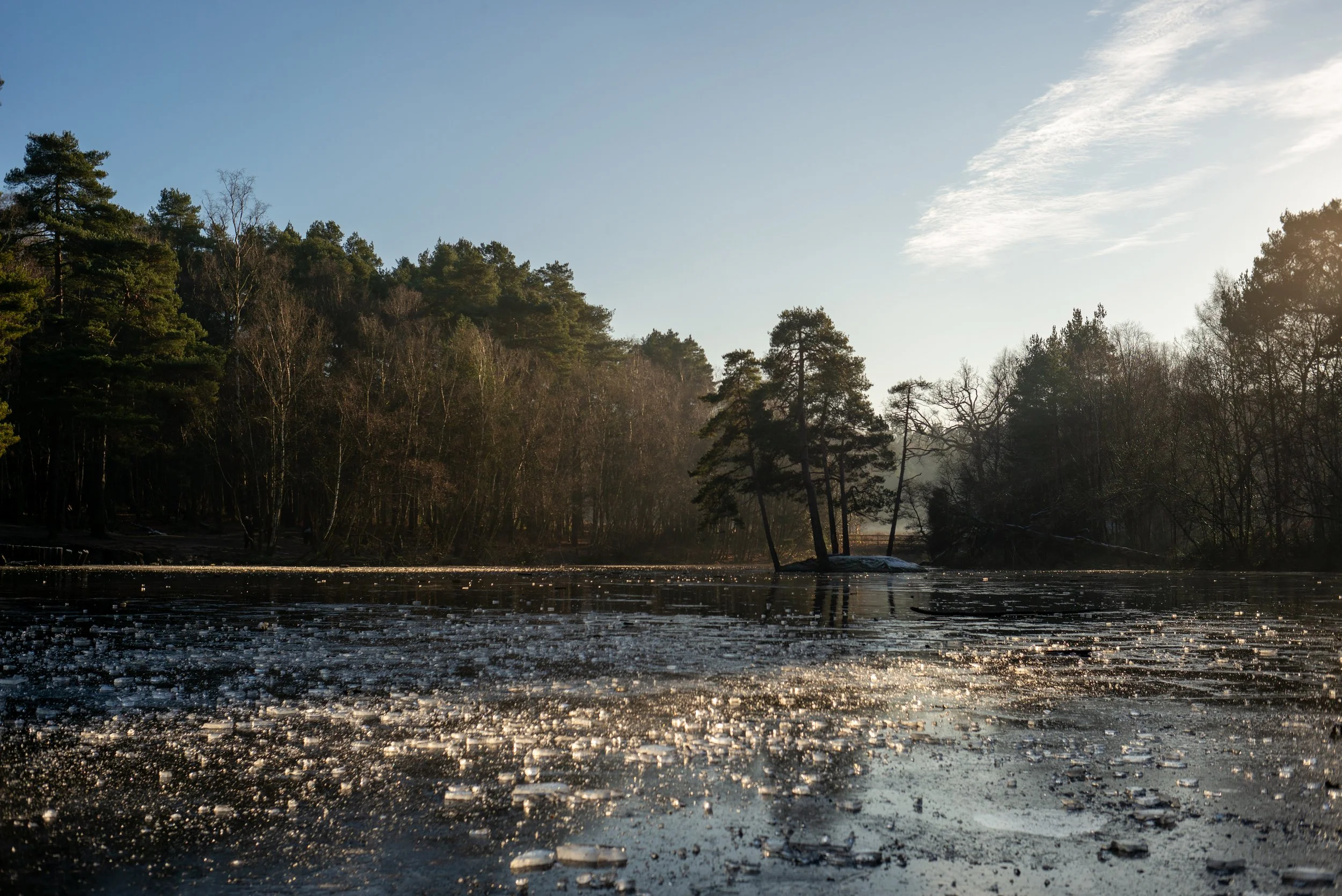A short walk in the woods with Leica M 240
It’s a glorious winters day today.
I went for a two hour trail run earlier this morning, very cold at -3 degrees but the sun was out for most of it, perfect conditions for running and photography.
So after a clean up and shower I drove Ruby and I to one of our local woods.
The national trust Simon’s Wood https://www.nationaltrust.org.uk/visit/oxfordshire-buckinghamshire-berkshire/simons-wood-and-finchampstead-ridges
I parked in the car park which is about. 15 minutes drive away and decided I would just wander around with no particular route in mind.
Look at the vignette and distortion in the corners, beautiful.
I wanted to get to grips with the Leica and start getting some muscle memory for the handling as I want to get back to roots with manual focus and manual exposure, just like the old days.
Also, I wanted to give the Voigtlander 35mm 1.4 VM II a bigger test. As it’s a 1.4 I wanted to test it wide open to see how it handled.
A live fairy in the forest.
At this point, it’s the only lens that I have for the camera, Leica M glass is not cheap even if you go third party so I was keen to see what the Voigtlander could do.
40mm would have been my ideal focal length but the camera doesn’t have frame lines for this so I had to make the choice between 35mm or 50mm.
I figured that 35mm would give me some more leeway with any focusing errors plus MPB didn’t have an affordable 50mm in stock when I got the camera so it made the choice pretty easy.
So I’ve challenged myself to stick with 35mm as the only lens at least until mid year which also coincides with my birthday, crafty eh?
Graffiti on the wall of the Naturist centre.
I knew focusing would be a challenge with the rangefinder at this f stop but as this was just a walk around there wasn’t any pressure to get any killer shots.
I want to embrace the simplicity of this camera and get back to old-school techniques as much as possible. It’s nice to have Aperture priority and Auto ISO available but I wanted to get back to full control as much as possible. Having some form of automation is nice to have when you are learning a new system or have a once-in-a-lifetime shot. However, setting ISO, choosing a relevant aperture, and metering for shutter speed give you a lot more control and make picture-making more deliberate.
I’m starting to get the hang of rangefinder focusing, in fact, if you shoot at f8 with a 35mm zone focusing is very quick and I would argue easier for a lot of situations to autofocus.
Focusing at 1.4 is a bit more problematic in fast-moving situations. In this shot of Ruby, I did shoot more stopped down but as she was stationary for a few seconds, unusual for a Jack Russell, I had the chance to open the lens up more. Which makes the image pop and gives it that lovely 3d quality.
I love the look of this f2 I think. However you don’t get much in the way of EXIF as the lens and camera don’t talk.
Initially, I thought I’d shoot most images wide open but looking at the images in Lightroom I’ve found unless you have something of significance in the frame to draw the eye or shoot something at infinity you do need to stop down somewhat.
For example, this shot really would be better with some more depth of field as there isn’t really anything there that you eye goes to. Hey, ho part of the learning process.
I did start using the meter in full manual mode, changing the shutter to get the red dot in the viewfinder. Leica makes this pretty easy as you get an arrow that shows you which direction you need to move the aperture or shutter speed to get the correct exposure.
Which way?
After reading quite a few of Thorsten Norgaard’s brilliant articles I started to use aperture priority to get an initial shutter speed and then adjust the shutter based on that. If the environment is dark then up the shutter speed a bit, if a lot of light do the opposite.
Testing out how the lens deals with backlight and flare.
As the camera uses centre-weighted metering you have a much clearer idea of how it is reading the light pattern, much more than modern matrix metering which gives you know idea, although it can be very accurate. But not all of the time and that’s the point of using such a simple camera, you soon get to know how it works and you are the one in control, not some fancy algorithms.
Selfie shadow.
I’m still learning how it meters but it’s pretty close to the simple metering systems in my Nikon FM3A and OM1.
If the subject is heavily backlit then angle the camera down a bit to get an initial reading and take it from there.
Another backlit shot.
Same as above but landscape format.
Again, look at the distortion wide open in the corners.
Stopped down a bit more.
